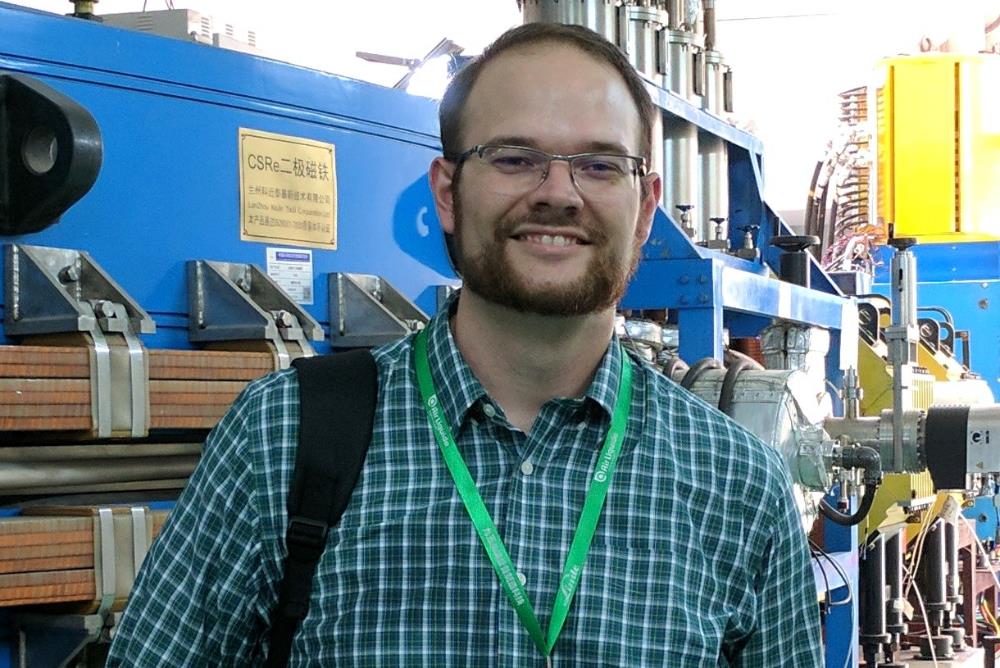A&S Graduate Studies
[PAST EVENT] Matthew Creed Burton: Physics Dissertation Defense

Abstract: Bulk Nb SRF accelerator cavities are currently the preferred method for acceleration of charged particles at facilities around the world. However, bulk Nb cavities have poor thermal conductance, impose material & design restrictions on other components, have difficulty with reproducibility and are approaching the fundamental accelerating field limit around 50MV/m for Nb. Since the SRF phenomena occurs at surfaces within a shallow depth of ~ 1 um, a proposed solution has been to utilize thin film technology to deposit superconducting thin films on the interior of cavities in order to achieve cavities with enhanced properties and performance. Two proposed thin film applications for SRF cavities are: Nb thin films coated on bulk cavities made of suitable castable metals and multilayer films designed to increase the accelerating gradient and performance. While Nb thin films on Cu cavities has been attempted in the past using DC magnetron sputtering, such cavities have never performed at the bulk Nb level. However, new energetic condensation techniques for film deposition, such as High-Power Impulse Magnetron Sputtering, offer the opportunity to create suitably thick Nb films with improved density, microstructure and adhesion compared to traditional DCMS. Here we present detailed structure-property correlative research studies done on Nb/Cu thin films and NbN & NbTiN based multilayers made using HiPIMS and DCMS, respectively.
Bio: Matthew Burton, age 27, was raised locally in Chesapeake, VA. His Christian upbringing and instillment of values by his parents helped mold his morals, worldview, and work ethic which helped lay the groundwork for his future. Matthew attended James Madison University in Harrisonburg, VA on a STEM scholarship where he studied and received his BS in fundamental physics with a minor in Mathematics. During his time at JMU, Matthew was heavily involved in Baptist Collegiate Ministries, where he met his amazing and loving future wife, Sarah. At JMU, Matthew focused on nuclear physics research related to projects at Jefferson Lab. Afterward, Matthew came to William & Mary in pursuit of a nuclear physics PhD. Later, he would feel called to switch to condensed matter physics, under advisor Dr. Ale Lukaszew. Specifically, his research focuses on the creation and application of superconducting thin films for the enhancement of SRF accelerator cavities. Matthew enjoys time with his family and friends, mentoring students and leading Bible studies at his local church and relaxing.
